Urban connections: Lisbon's MAAT is an exercise in architectural expressiveness
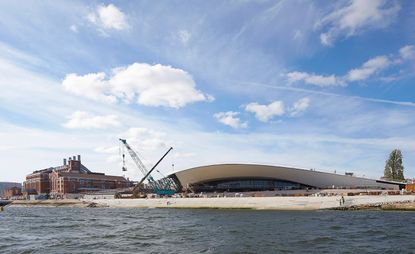
Lisbon has just inaugurated its new MAAT (Architecture, Art and Technology) museum complex with a new building by London-based AL_A. An exercise both in sculptural expressiveness and contextual restraint, the structure’s low-slung form has been designed to keep views from the streetscape behind it unobstructed, while its resolutely organic and fluid form contrasts powerfully with the existing rectilinear and recently refurbished Central Tejo power station next door.
The 190m-long building alluringly unfolds and reveals itself as visitors make the journey around and on top of its gently undulating form and through its flowing interior spaces. Its arched façade is adorned with 15,000 three-dimensional off-white (but slightly speckled and crackled up-close) geometric tiles that were chosen for the way they reflect and interact with the southern light and the shimmering Tagus river below, says Maximiliano Arrocet, a director at AL_A and project architect for the building. 'The first time we came here was in November and the whole site was bathed and tinted in a golden orange and yellow light,' he recalls. 'We were blown away and realised the river had to be a critical part of how we thought about the building.'
Inside, the four main spaces are separate but connected in one fluid, almost aquatic, downward journey. The Main Gallery features a dramatic skylight with reflective steel fins that provides views in and out, and fascinating glimpses of the tiles and shifting light above; while the largest – which will be free for visitors year round – is an ellipse with a spiralling ramp staircase around it, that is currently hosting a multi-layered sound, light and performance piece by French artist Dominique Gonzalez-Foerster.
Though the contemporary art space officially opens today, its real completion will be in mid-2017, when the surrounding landscape by Vladimir Djurovic is planted and, above all, a 60m pedestrian bridge (also by AL_A) is installed, connecting the publicly accessible roof with the neighbourhood of Belém behind it. 'The bridge is a fundamental part of the project,' explains Arrocet, 'because the people across the railway and highway will finally be connected to the water.'
In the meantime the roof, with its elegantly tapered lines and alternately stepped and smooth slopes, is already fully accessible (for wheelchair users too) and the view out to the estuary and the striking Padrão dos Descobrimentos (Discoveries Monument) is unobstructed and memorable. But perhaps more importantly, 'you can also turn your back on the river and see the city as you have never seen it before', says Amanda Levete, principal at AL_A. 'The connection between river and city is literal as well as metaphysical.'
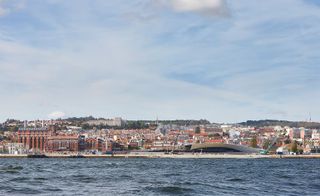
The structure's roof, with its elegantly tapered lines and alternately stepped and smooth slopes, is fully accessible, offering great views of the river. Photography: Hufton + Crow
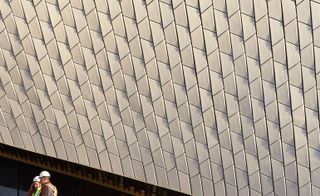
The MAAT's arched façade is adorned with 15,000 three-dimensional off-white geometric tiles. Photography: Hufton + Crow
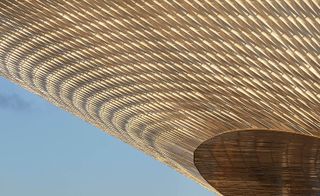
Levete and her team chose them for the way they reflect and interact with the southern light and the shimmering Tagus river. Photography: Hufton + Crow
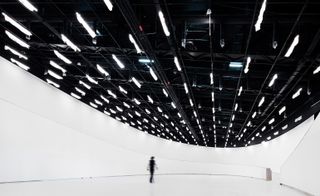
Inside, the four main spaces are separate but connected in one fluid, almost aquatic, downward journey. Photography: Fernando Guerra
INFORMATION
For more information, visit the AL_A website
Wallpaper* Newsletter
Receive our daily digest of inspiration, escapism and design stories from around the world direct to your inbox
Giovanna Dunmall is a freelance journalist based in London and West Wales who writes about architecture, culture, travel and design for international publications including The National, Wallpaper*, Azure, Detail, Damn, Conde Nast Traveller, AD India, Interior Design, Design Anthology and others. She also does editing, translation and copy writing work for architecture practices, design brands and cultural organisations.
-
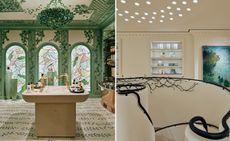 Diptyque opens the doors to an ‘astonishing’ new London home (and you’ll want to move right in)
Diptyque opens the doors to an ‘astonishing’ new London home (and you’ll want to move right in)Diptyque has unveiled Maison Diptyque on New Bond Street, London, an immersive space that captures the storied world of the luxury perfumer
By Hannah Tindle Published
-
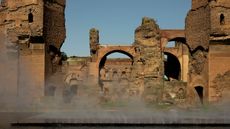 A new water mirror casts a misty veil over ancient Roman baths
A new water mirror casts a misty veil over ancient Roman bathsArchitect Hannes Peer reveals a water mirror in Rome – an immersive architectural installation at the heart of the ancient Baths of Caracalla
By Ellie Stathaki Published
-
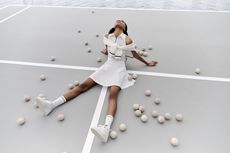 Tennis fashion for serving a style ace this summer
Tennis fashion for serving a style ace this summerThe fashion brands serving up tennis style this summer, from Giorgio Armani’s grass court uniform to a Loewe T-shirt from ‘Challengers’, and Gucci’s new campaign starring grand slam champ Jannik Sinner
By Jack Moss Published
-
 2024 RIBA Gold Medal recipient Lesley Lokko: ‘To be valued, understood and seen by your peers is rare’
2024 RIBA Gold Medal recipient Lesley Lokko: ‘To be valued, understood and seen by your peers is rare’Lesley Lokko receives the 2024 RIBA Gold Medal in a dedicated celebration in London, and talks to us about taking stock after a busy few years, and planning for the future
By Ellie Stathaki Last updated
-
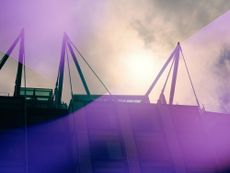 The Emory, RSHP’s first luxury hotel in London, is a rising star
The Emory, RSHP’s first luxury hotel in London, is a rising starNew London hotel The Emory presents the perfect showcase of RSHP’s signature functionalist style and hospitality group Maybourne’s elevated luxury
By Ellie Stathaki Published
-
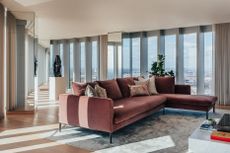 Inside Harry Handelsman's Manhattan Loft Gardens penthouse in London
Inside Harry Handelsman's Manhattan Loft Gardens penthouse in LondonManhattan Loft Corporation CEO Harry Handelsman's Manhattan Loft Gardens penthouse in London goes on the market for £17.5m
By Ellie Stathaki Published
-
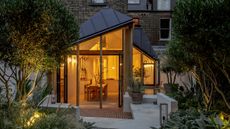 Architects collaborate on geometric extension to radically re-shape a London house
Architects collaborate on geometric extension to radically re-shape a London houseMediterranean influences, earthy tones and quirky angles abound in this geometric extension and the soaring living spaces of this reconfigured Victorian townhouse
By Jonathan Bell Published
-
 London’s Reciprocal House complements an existing Norman Foster extension
London’s Reciprocal House complements an existing Norman Foster extensionReciprocal House by Gianni Botsford replaces a north London Victorian structure, preserving its early Norman Foster extension and bringing the whole to the 21st century
By Ellie Stathaki Published
-
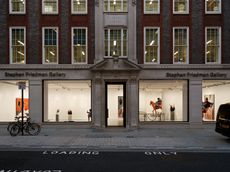 Stephen Friedman Gallery by David Kohn is infused with subtly playful elegance
Stephen Friedman Gallery by David Kohn is infused with subtly playful eleganceStephen Friedman Gallery gets a new home by David Kohn in London, filled with elegant details and colourful accents
By Ellie Stathaki Published
-
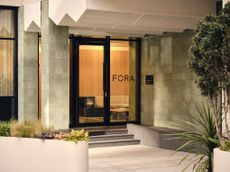 Henry Wood House’s postmodernist bones are refreshed by Nice Projects in London
Henry Wood House’s postmodernist bones are refreshed by Nice Projects in LondonNice Projects breathes new life into the Henry Wood House in London, offering ample flexible office spaces for modern workers
By Daven Wu Published
-
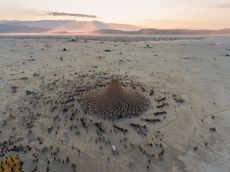 ‘Bio-spaces’ exhibition at Roca London Gallery celebrates biophilic design
‘Bio-spaces’ exhibition at Roca London Gallery celebrates biophilic design‘Bio-Spaces: regenerative, resilient futures’ opens at the Roca London Gallery as ‘a call to action to stop designing nature out’
By Clare Dowdy Published